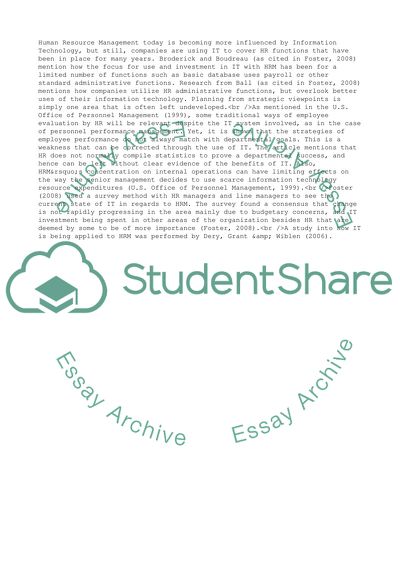Cite this document
(Human Resources Management Essay Example | Topics and Well Written Essays - 1750 words, n.d.)
Human Resources Management Essay Example | Topics and Well Written Essays - 1750 words. https://studentshare.org/management/1743519-researching-in-business-and-management
Human Resources Management Essay Example | Topics and Well Written Essays - 1750 words. https://studentshare.org/management/1743519-researching-in-business-and-management
(Human Resources Management Essay Example | Topics and Well Written Essays - 1750 Words)
Human Resources Management Essay Example | Topics and Well Written Essays - 1750 Words. https://studentshare.org/management/1743519-researching-in-business-and-management.
Human Resources Management Essay Example | Topics and Well Written Essays - 1750 Words. https://studentshare.org/management/1743519-researching-in-business-and-management.
“Human Resources Management Essay Example | Topics and Well Written Essays - 1750 Words”. https://studentshare.org/management/1743519-researching-in-business-and-management.


